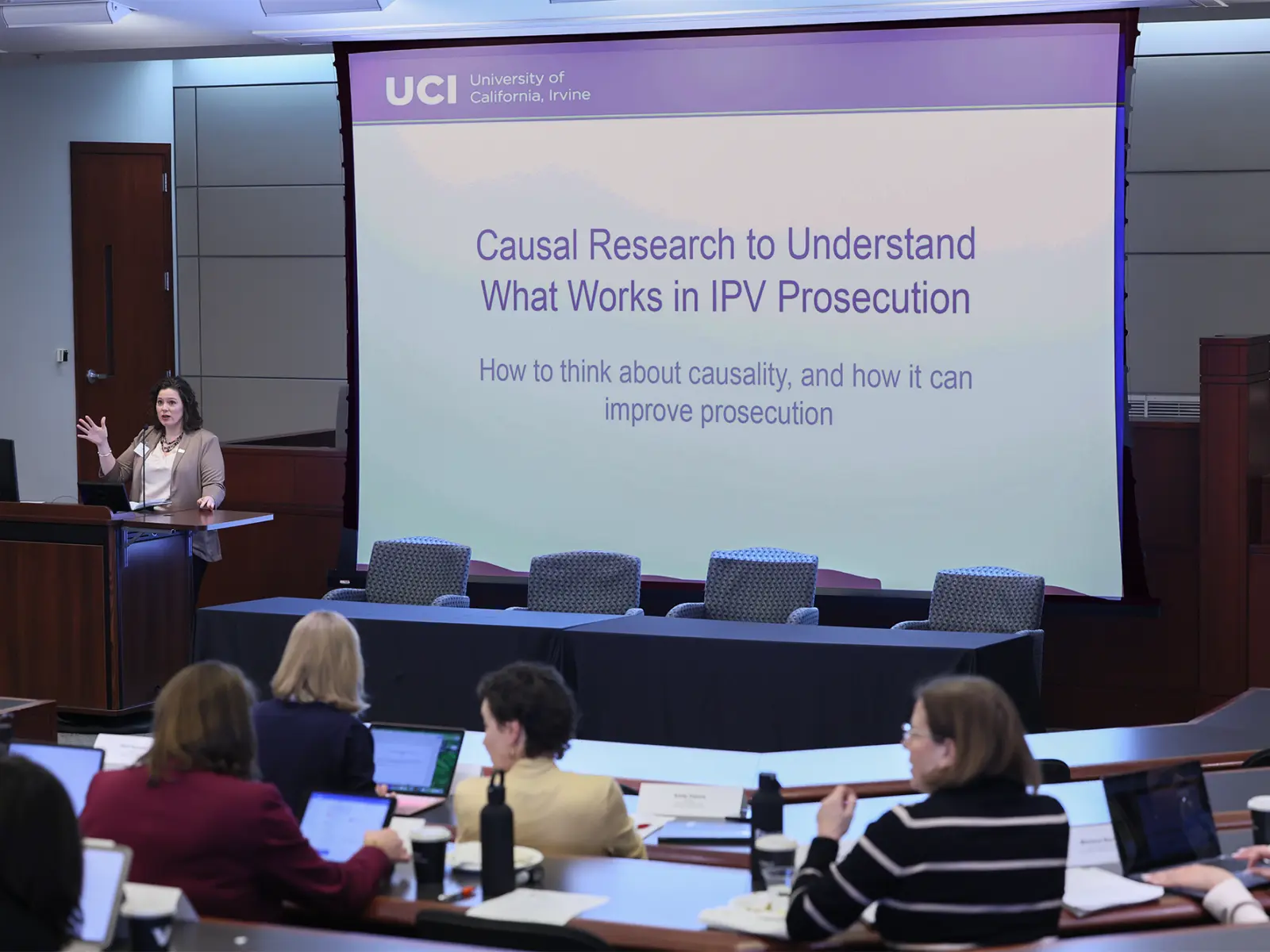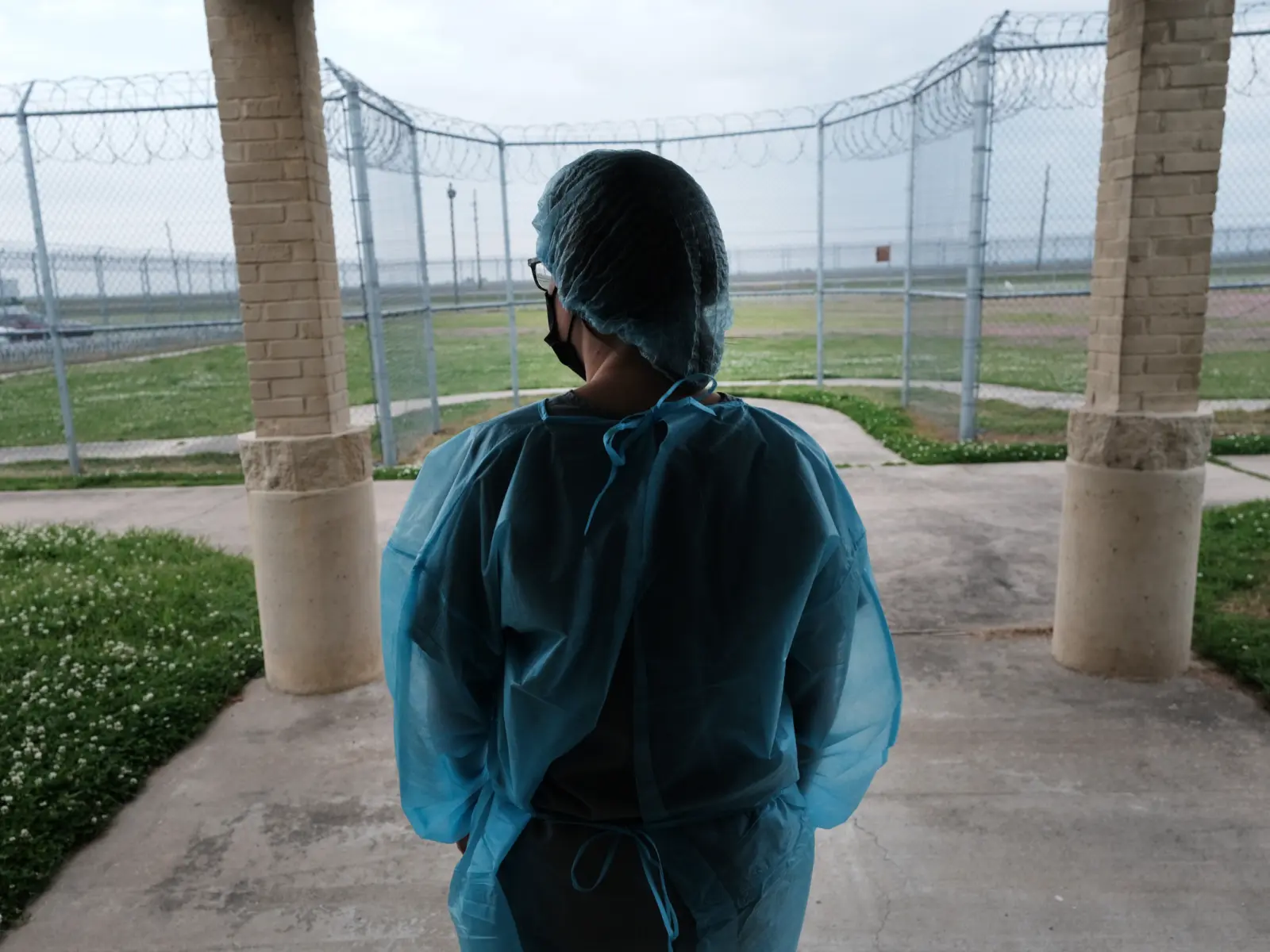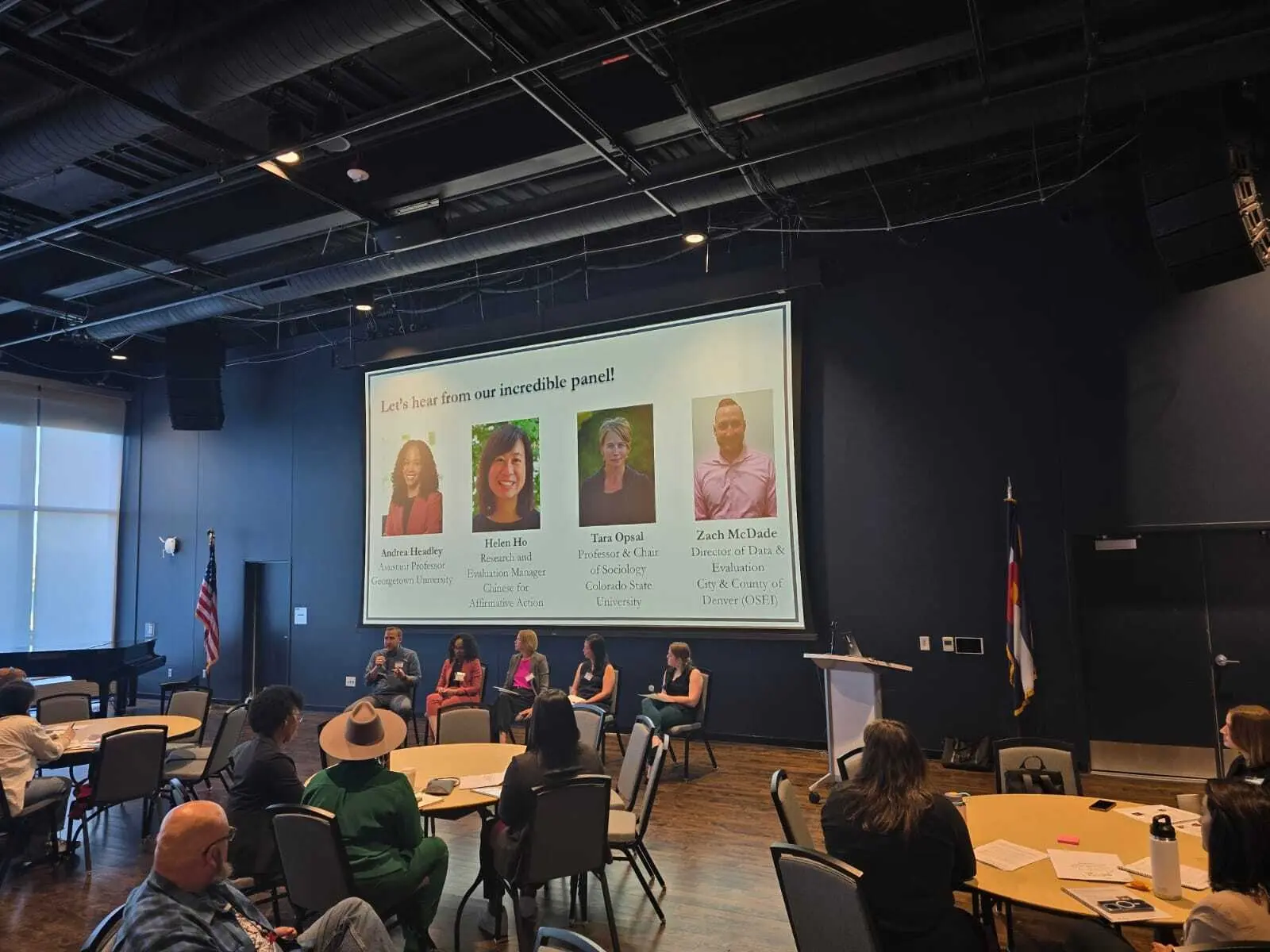Across the United States, policymakers and advocates are working to reform the jail system in ways that reduce incarceration and bolster community safety. However, researchers who are eager to learn more about effective policy interventions routinely run into problems when trying to access accurate jail incarceration data. Specifically, every county in the country has a separate jail data system, and data produced by the Justice Department’s Bureau of Justice Statistics (BJS) are incomplete, infrequent, and released years after the fact.
Filling these gaps and providing the data that policymakers and researchers need to craft helpful policies is the mission of the Jail Data Initiative (JDI), a project of New York University’s Public Safety Lab and the Social Science Research Council. Launched in 2019, JDI represents a first-of-its kind effort to collect daily individual-level jail records in the United States. To date, its team has created automated scripts to gather data in some 1,300 counties that post online daily jail rosters, comprising over one-third of the nation’s county and municipal jails.
Arnold Ventures (AV) is excited to support JDI’s continued work, particularly its intention to research on how jail incarceration interacts with everything from recidivism to bail reform to fines and fees.
“The Jail Data Initiative has created this data resource in a space where we desperately need data to be able to measure the impacts of different interventions and policies,” says Jennifer Doleac, executive vice president of criminal justice at AV. “Their team is using that data to do research directly, and they’ve become a well-known data source that other researchers use, which aligns with AV’s criminal justice priority of facilitating evidence generation in the field.”
We sat down with Anna Harvey, professor of politics at NYU, president of the Social Science Research Council, and director of the Public Safety Lab, to talk about JDI’s impressive method of scraping jail data and how that data will help answer important policy questions about jail incarceration in the United States.
This conversation has been edited for clarity.

Arnold Ventures
What are the problems with jail incarceration data, as you see it?

Anna Harvey
Criminal justice agencies are sitting on a lot of data about the populations they serve, but they tend to lack capacity to use that data effectively. At the Public Safety Lab, we started to focus on jail incarceration data specifically. That’s because there’s an unknown number of people admitted to county jails every year in the United States. The estimate is around 11 million, which dwarfs the number for state prisons. But we lack data on who these people are, what they’re charged with, how long they’re being held, whether they’re permitted bail or bond, and so on.
The one agency that does provide jail data is BJS. Once a year, BJS asks a representative selection of jails to fill out a point-in-time survey on how many people are being held in their facility. And every five years, BJS does a census by sending the same survey to every jail. The data aren’t released until one-and-a-half years later, so it’s outdated by the time it’s available. Incarceration is one of the strictest punishments that our criminal justice system metes out. It deprives people of their civil liberties. Even if they’re only detained for a short time, it’s still a pretty traumatic event. So, we thought it was important to get good data on jail incarceration.

Arnold Ventures
How did JDI start working to collect jail data and put it to use?

Anna Harvey
JDI started out as a proof of concept. Was it possible to provide better data on jail incarceration than what BJS reports by leveraging modern data science skills? In particular, we’re targeting about a third of the 3,000-plus jails in the United States that post their daily jail rosters publicly online, including names, birth dates, race, gender, charges, and whether there’s a bail or bond amount. If a person is released, then their name disappears from the jail roster the following day. If new people are booked into the jail, they appear on the roster. We decided to see if we could grab that information off of the jail roster every day, create something more structured, and extract a data set that could be available to researchers and people working on jail incarceration policy to help communities make better incarceration decisions.

Arnold Ventures
How are you actually gathering this data?

Anna Harvey
The JDI data science team, led by Orion Taylor, had a challenging problem to solve. Every county is a little bit different. Some counties post PDFs of the jail roster. Some post it in HTML. Others post information onto platforms where you have to search for incarcerated people’s names in order to access the jail roster. In the first year of the project, we wrote scripts designed to capture, extract, and structure the information from each county. Once those scripts were written and we knew that they worked, then we had to set up an architecture that automates the process of scraping the data. It’s hard to fully automate, because counties’ servers are often old and slow, and they might time out, or counties might stop uploading data for a couple of days. So, we had to write failsafes into the code to account for that. That said, the proof of concept has worked in the sense that we now have a functioning system that operates with a minimum amount of human interaction. We have shown that it’s possible to produce data for a very large number of jails in real time.

Arnold Ventures
How are JDI and other researchers using this data?

Anna Harvey
We store all the person-level data, including all the individual identifying information, in a restricted database, so that we’re not publishing people’s names and jail bookings. Researchers, policy organizations, and anyone who has a legitimate use can apply to use that data, and we evaluate their requests on a case-by-case basis.
Lots of people are now using the data for research projects. One use is trying to evaluate the effects of bail reform. In communities that are experimenting with bail reform, a common concern is whether new policies have an impact on public safety. When people are not being detained on bail, what’s the risk that they will commit a crime after being released?
Researchers want to know what kinds of crimes an incarcerated person might commit if they were not incarcerated in jail. And that’s a hard question to answer, because people who are not at risk of jail incarceration probably have very different risk profiles for committing crime. So, what’s the comparison group? It turns out that the best comparison group to use is people who were recently incarcerated in jail and have been released. In the JDI data, researchers can see — within a week, a month, a year after being released, across lots of different jurisdictions and charges — recently released people’s risk of committing a new crime.

Arnold Ventures
You recently published a paper that includes acost-benefit analysis of jail incarceration. It shows the harms caused by incarceration substantially outweigh the harms averted. How did you come to that conclusion?

Anna Harvey
Researchers have struggled to figure out the net social costs and benefits of jail incarceration. To answer that question, you have to figure out a way to put the costs in the same kind of metric as the benefits.
When people think about the benefits of jail incarceration, it’s usually that we’re averting crimes that might otherwise be committed if a person were free. We can weigh that benefit against the financial costs of jail incarceration. That’s relatively easy. But we also have to take into account the costs to the individual of having their liberty taken away. A couple papers have used survey experiments that ask people how many days they would be willing to spend in jail in order to avoid being the victim of some specific crime, like an assault. Those papers find that people are very averse to spending time in jail. The perceived cost is so high that people would only trade away their liberty to avoid being the victim of very serious violent crimes.
From there, you can look at the profile of people who are being held in jails, and when they’re released, you can ask what kinds of new crimes they commit. You can watch them over different periods of time, and it’s a very small fraction of people who, within six months or a year after being incarcerated, commit a serious violent crime. So, you can conclude that we’re holding lots of people in jail who have a very low probability of committing a serious violent crime when they’re released. That means that the harms to society from incarcerating these people are higher than the benefits. That’s how we get to a net social cost estimate.

Arnold Ventures
You also studied how jail stays impact a person’s likelihood of voting, and you found that the effect was much stronger for Black voters. What are the implications of that finding?

Anna Harvey
People who are incarcerated in county jails are either there pretrial and have not been convicted of any crime, or they are serving time for a misdemeanor conviction. In no state does either of those conditions deprive you of your constitutional right to vote. But there’s concern that people held in county jails during election periods are not, in fact, able to vote. They are completely dependent upon correctional authorities to give them the information and physical materials that they need to find out if they are eligible, when the voting days are, and how to gain ballot access.
In our study, we looked at the impact jail incarceration has on voting and found that people incarcerated during election days have a much lower propensity of voting, particularly Black incarcerated people. The fact that we found a much larger impact for Black incarcerated people is pretty troubling. We lack the data to determine whether bias or discrimination is happening. It could be that Black incarcerated people respond to incarceration with a lower propensity to seek out information about voting access. Or it could be that correctional authorities are less likely to provide them with information and materials. We urgently need more work to figure out the answer to that question.

Arnold Ventures
What’s next for JDI as you move forward with this new support from AV?

Anna Harvey
Now that we have stood up the architecture and built the website and systems, we want to use the data to evaluate important policy questions about jail incarceration. Bail reform is high on our list. We’re also interested in the impact of court fines and fees on jail incarceration and recidivism. Finally, we’re interested in the impact of access-to-counsel policies on jail incarceration and recidivism. We need to find policies that allow communities to reduce their reliance on jail incarceration without endangering public safety. There are lots of policies out there that could probably achieve that. It’s important to find out whether or not they work.




















